Perfect pendants: Shedding light on why they've taken over from our precious table lamps
Pendant lights are plumbing new depths - Giles Kime finds out why.
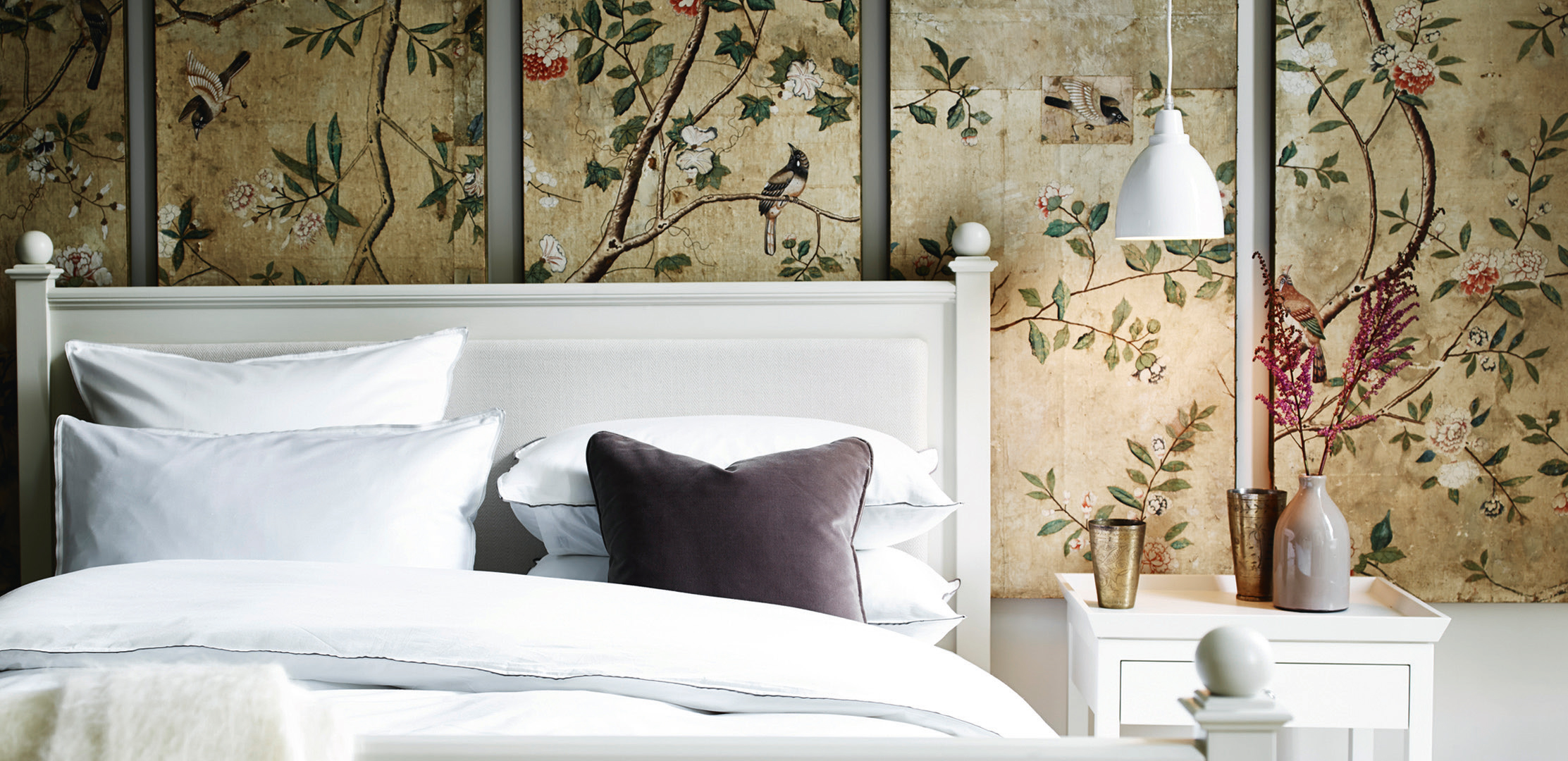

In 1926, the American economist George Taylor claimed that hemline lengths directly correlate to the health of an economy; low in bad times (the 1930s) and high in good times (the 1960s). I hope that the same isn’t true of pendant lights because they’re descending rapidly.
'Late adopters might take a while to acclimatise, but, like black walls, painted floors and goatskins, that’s only a matter of time.'
There are all sorts of reasons for this, none of which have anything to do with economic sentiment. The first is that, almost 140 years after Thomas Edison applied for a patent on his electric bulb, we have eventually realised that, in most circumstances, lamps are better at eye level or below.
It’s a lesson we’ve learnt from all sorts of good examples: the giant shades that are now almost obligatory over kitchen islands, the flattering glow of wall lights on either side of bathroom mirrors (rather than above), the relaxed feel of restaurants and hotels that are lit exclusively by table lamps rather than by dazzling chandeliers overhead.
The result is that pendant lights are beginning to turn up in all sorts of unexpected places previously occupied by table lamps: by bedsides, on consoles and over kitchen worktops.
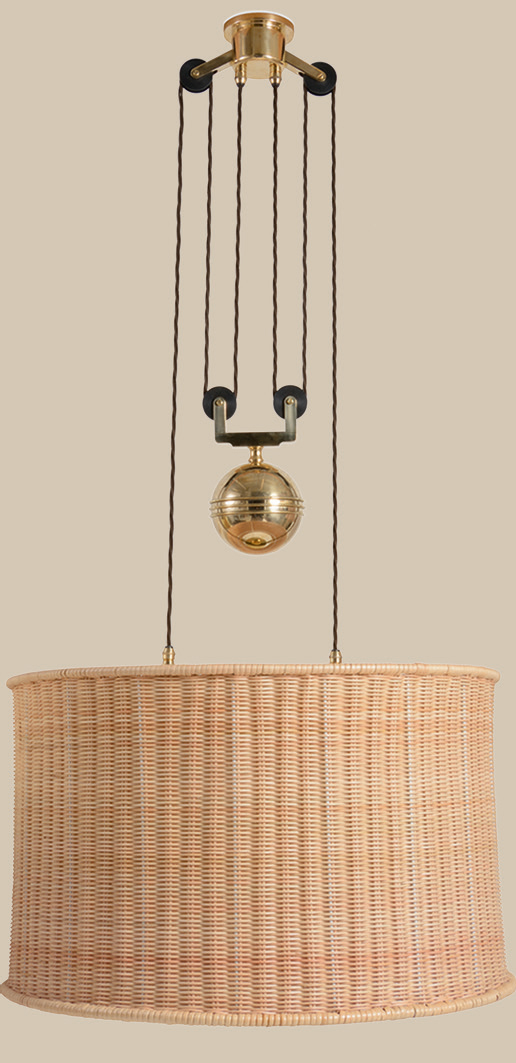
The other reason is that the choice of pendant lights is becoming more extensive. They have a discreet feel more in keeping with the current mood than a chandelier and they won’t startle you when in close proximity.
Pendant lights have practical advantages, too. Like anything hung from the ceiling (kitchen pans, Serrano hams, bicycles), they free up valuable space on floors, worktops and bedside tables. And, compared to wall-mounted lights, they are easier to fit retrospectively.
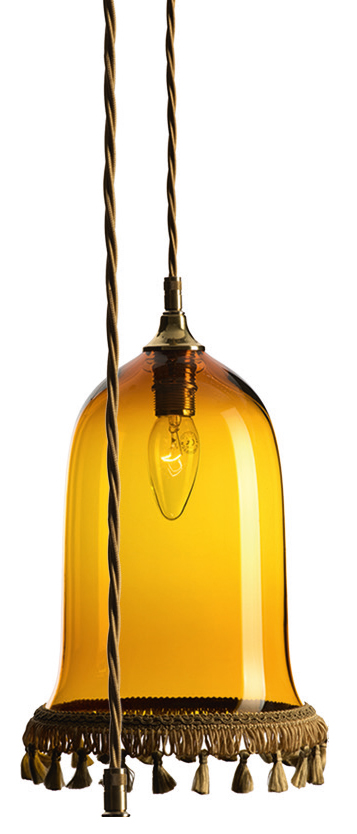
Late adopters might take a while to acclimatise, but, like black walls, painted floors and goatskins, that’s only a matter of time.
Sign up for the Country Life Newsletter
Exquisite houses, the beauty of Nature, and how to get the most from your life, straight to your inbox.
-
 Designer's Room: A solid oak French kitchen that's been cleverly engineered to last
Designer's Room: A solid oak French kitchen that's been cleverly engineered to lastKitchen and joinery specialist Artichoke had several clever tricks to deal with the fact that natural wood expands and contracts.
By Amelia Thorpe
-
 Chocolate eggs, bunnies and the Resurrection: Country Life Quiz of the Day, April 18, 2025
Chocolate eggs, bunnies and the Resurrection: Country Life Quiz of the Day, April 18, 2025Friday's quiz is an Easter special.
By James Fisher
-
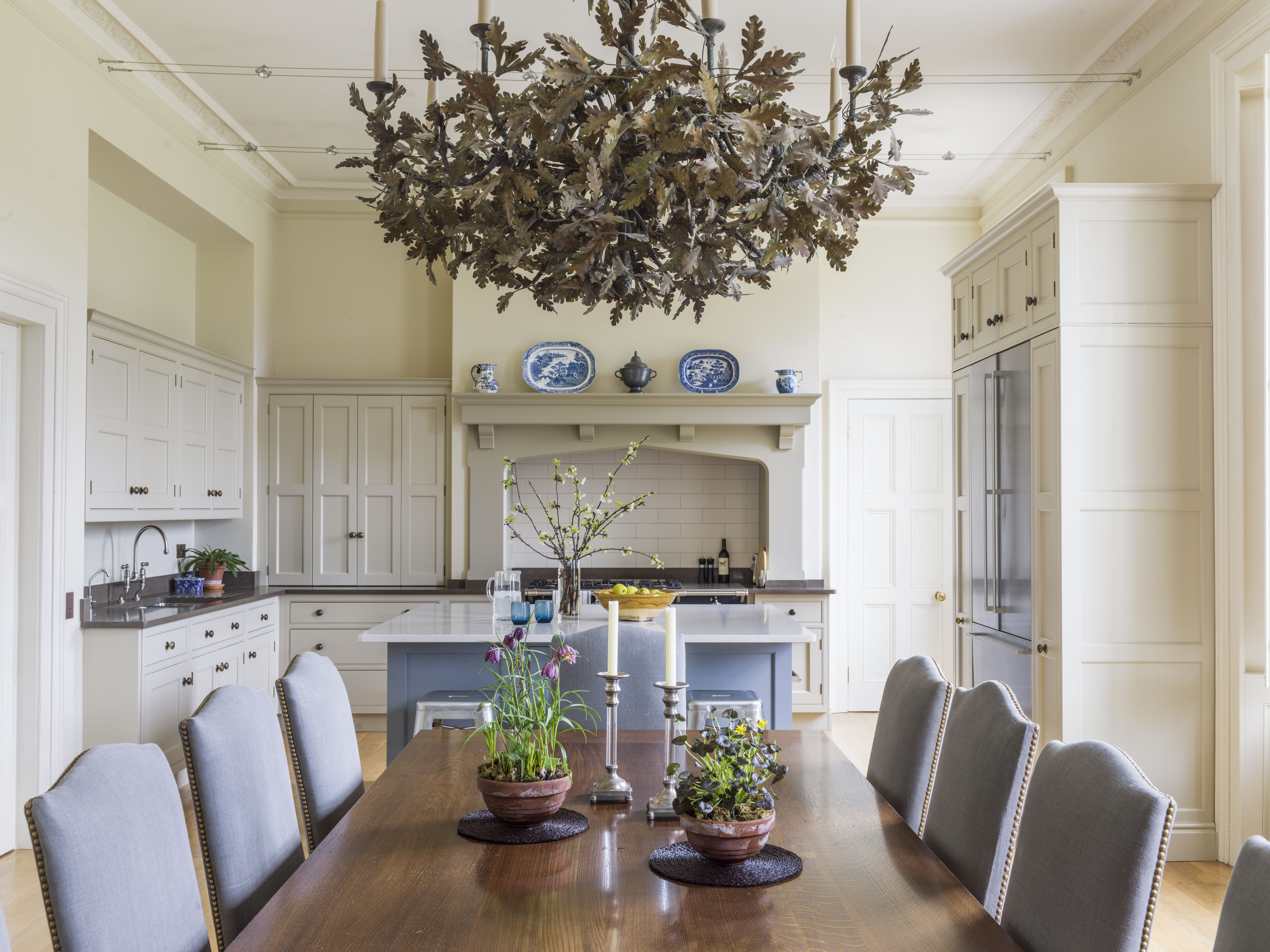 The new chandeliers which offer decorative flourishes and a breath of fresh air in a world of pendant lights
The new chandeliers which offer decorative flourishes and a breath of fresh air in a world of pendant lightsChandeliers aren't right for every room, but where they work they can work in spectacular fashion.
By Toby Keel
-
 How to put your money where your mouth is: 20 Eco-friendly products for home, garden and driveway
How to put your money where your mouth is: 20 Eco-friendly products for home, garden and drivewayFrom veg boxes and green toilet paper to vehicles which will help save the planet, here's our pick of some of the best eco-friendly products on the market.
By Country Life
-
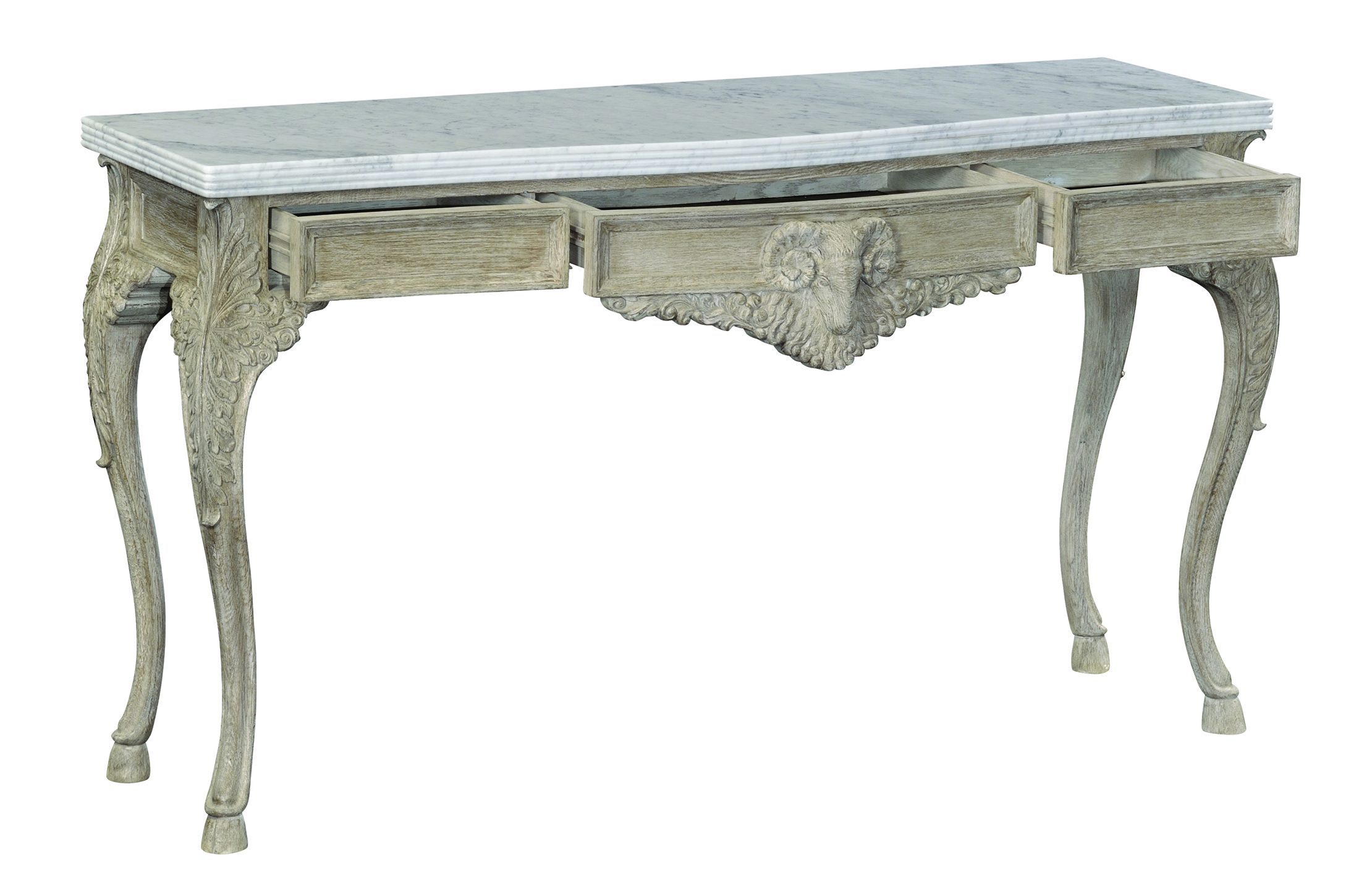 Bringing a touch of French chic to an English country house
Bringing a touch of French chic to an English country houseTaking a cue from our cousins across the channel is never a bad thing. Amelia Thorpe picks out some French-style accessories for your home which will lend some Gallic flair to your home.
By Amelia Thorpe
-
 Why it's easy being green – start small and take it from there
Why it's easy being green – start small and take it from thereIt's a big decision to go green with an entire room, but the right furniture, fittings and accessories can let you try before you go headlong.
By Toby Keel
-
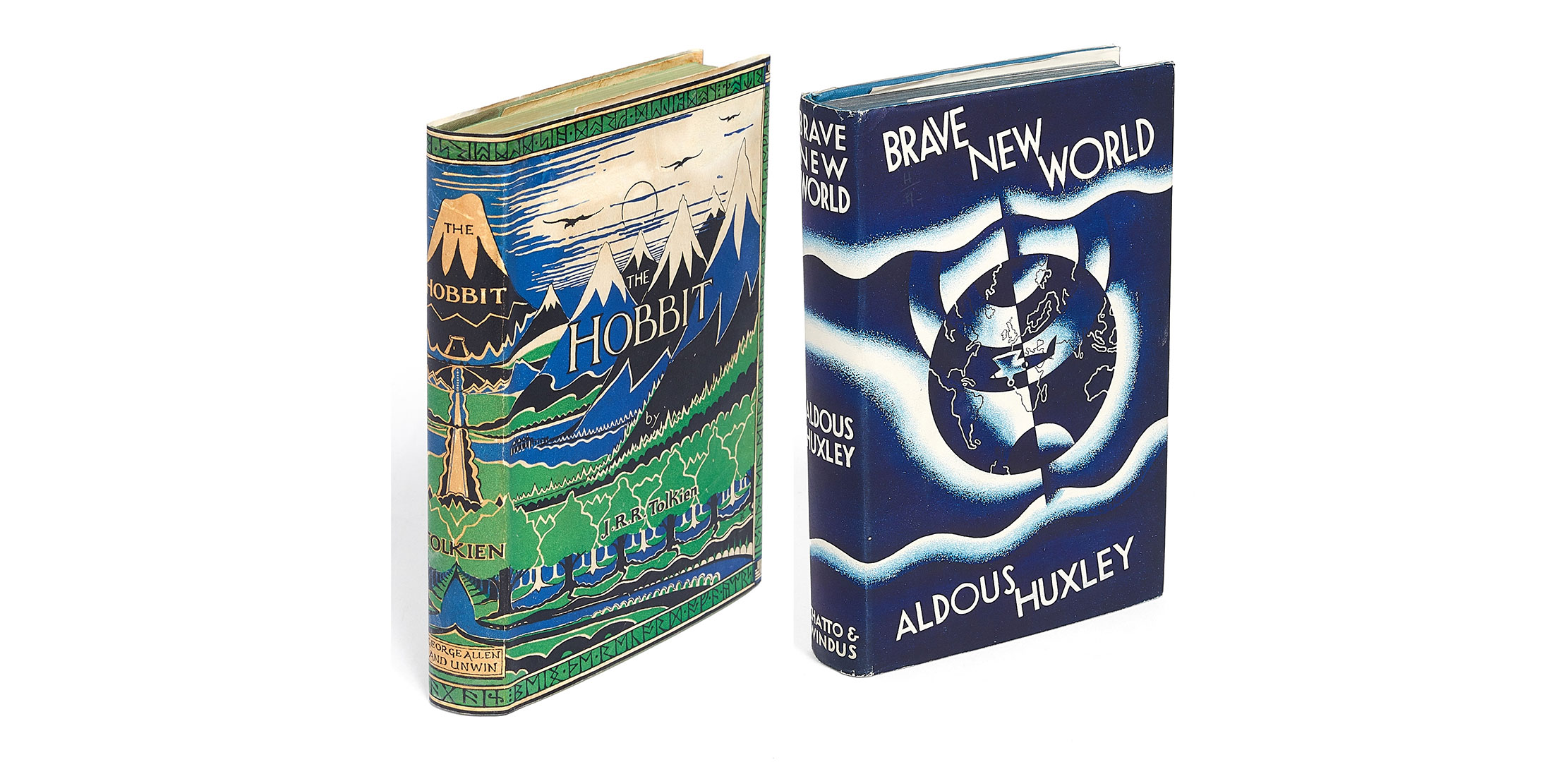 How a collection of first editions can make your personal library just that little bit more special
How a collection of first editions can make your personal library just that little bit more specialFew things are more alluring than a spectacularly beautiful library within a fine country house. But should you be fortunate enough to own such a room, the problem of what to keep within can be tricky — though rare first editions are always a good bet.
By Toby Keel
-
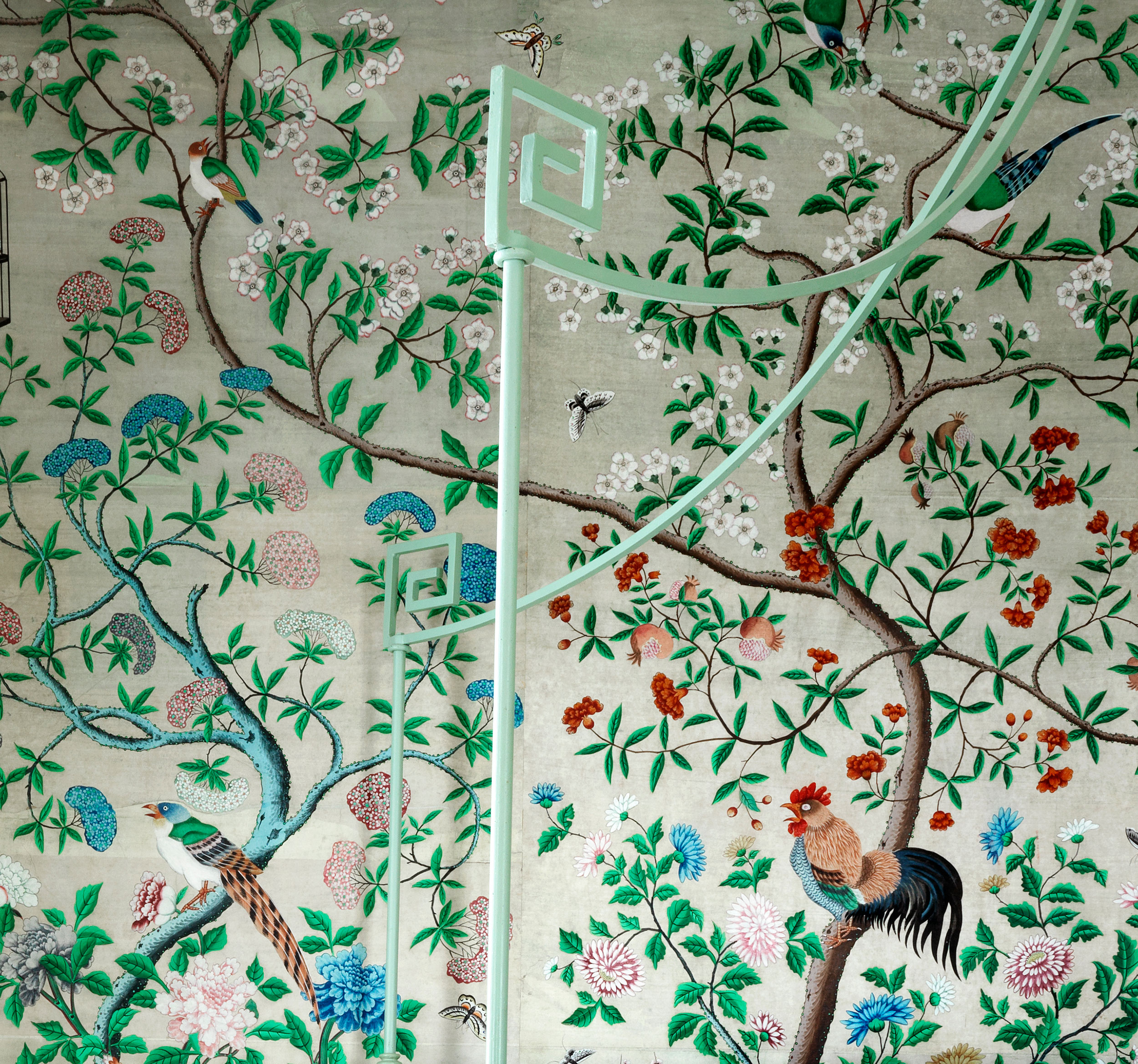 An antique wallpaper so extraordinary that an entire room was built around it — including raising the ceiling
An antique wallpaper so extraordinary that an entire room was built around it — including raising the ceilingThe Court of Noke in Herefordshire is the home of designer Edward Bulmer, and the antique wallpaper in this bedroom shows some of his thought processes in action.
By Arabella Youens
-
 The luxury of an armchair which one wishes to sink into and never escape
The luxury of an armchair which one wishes to sink into and never escapeThe activity of sitting has been much-maligned, but now receives an elegant makeover in the form of a moss green armchair from The Queen of Serene.
By Alexandra Fraser
-
 The joys of a shower which offers a touch of luxury and theatre on a daily basis
The joys of a shower which offers a touch of luxury and theatre on a daily basisA beautiful bathtub is a splendid feature for any bathroom, but given how often you use the shower it makes sense to get something which feels special every day.
By Toby Keel